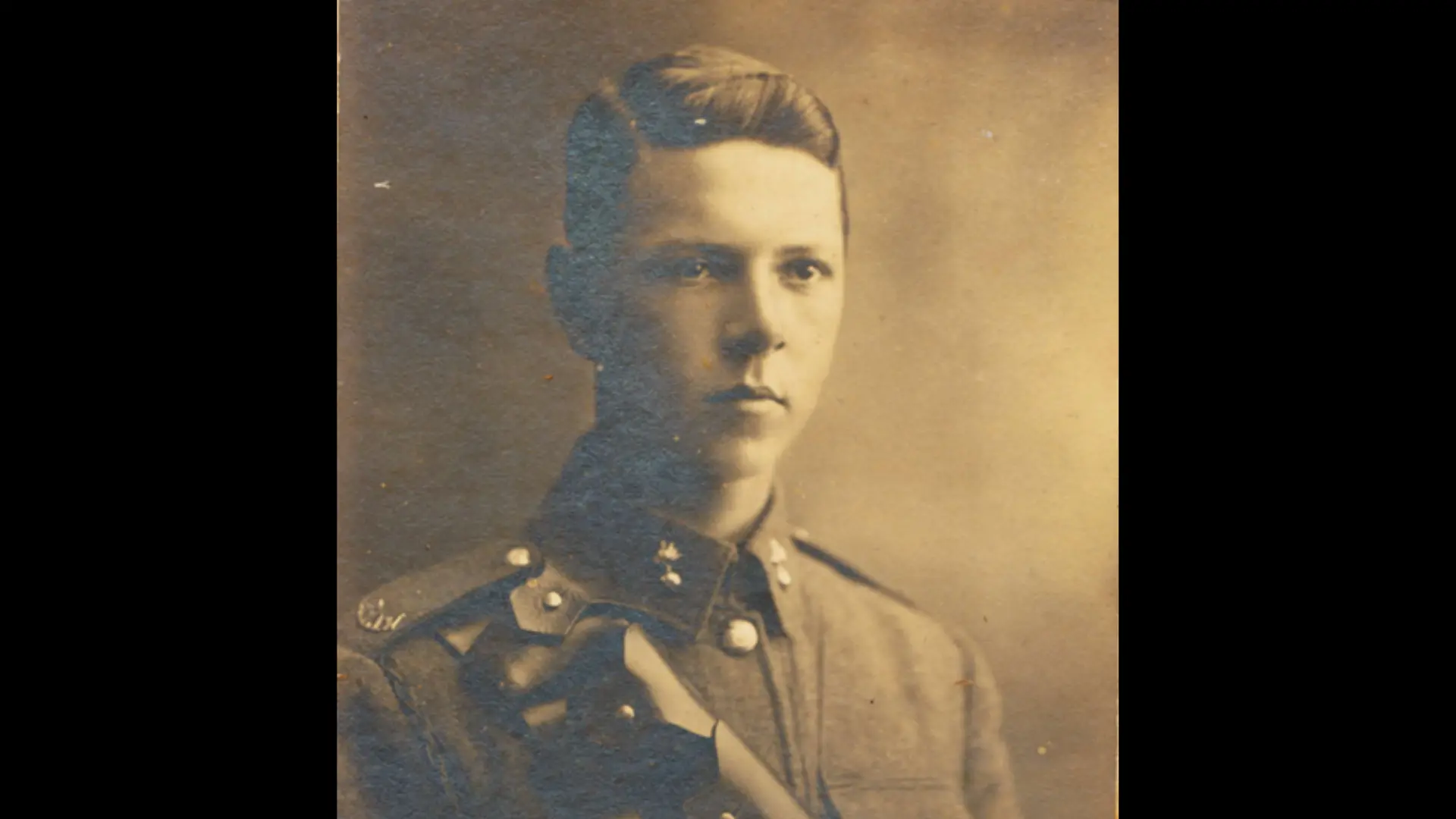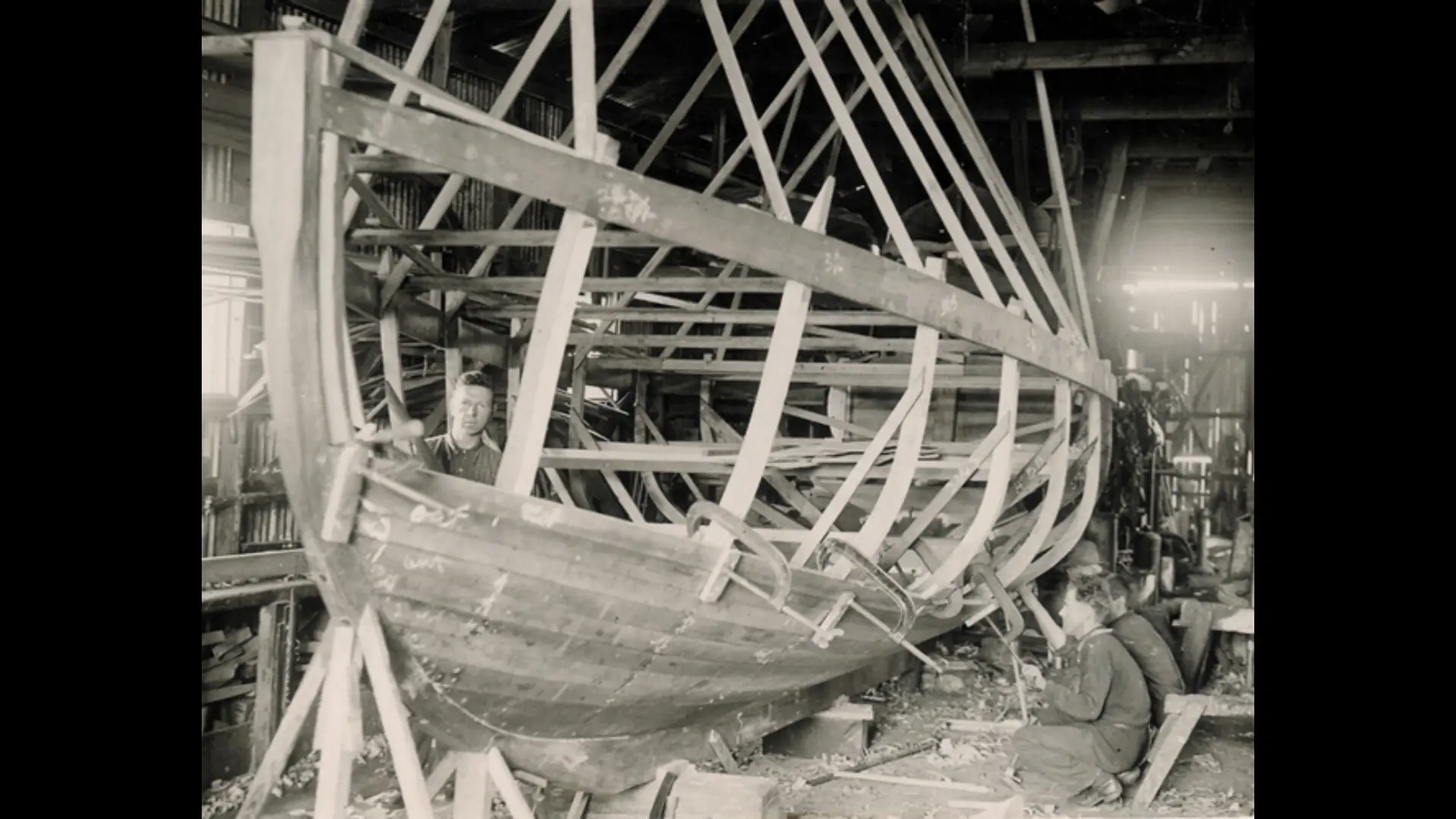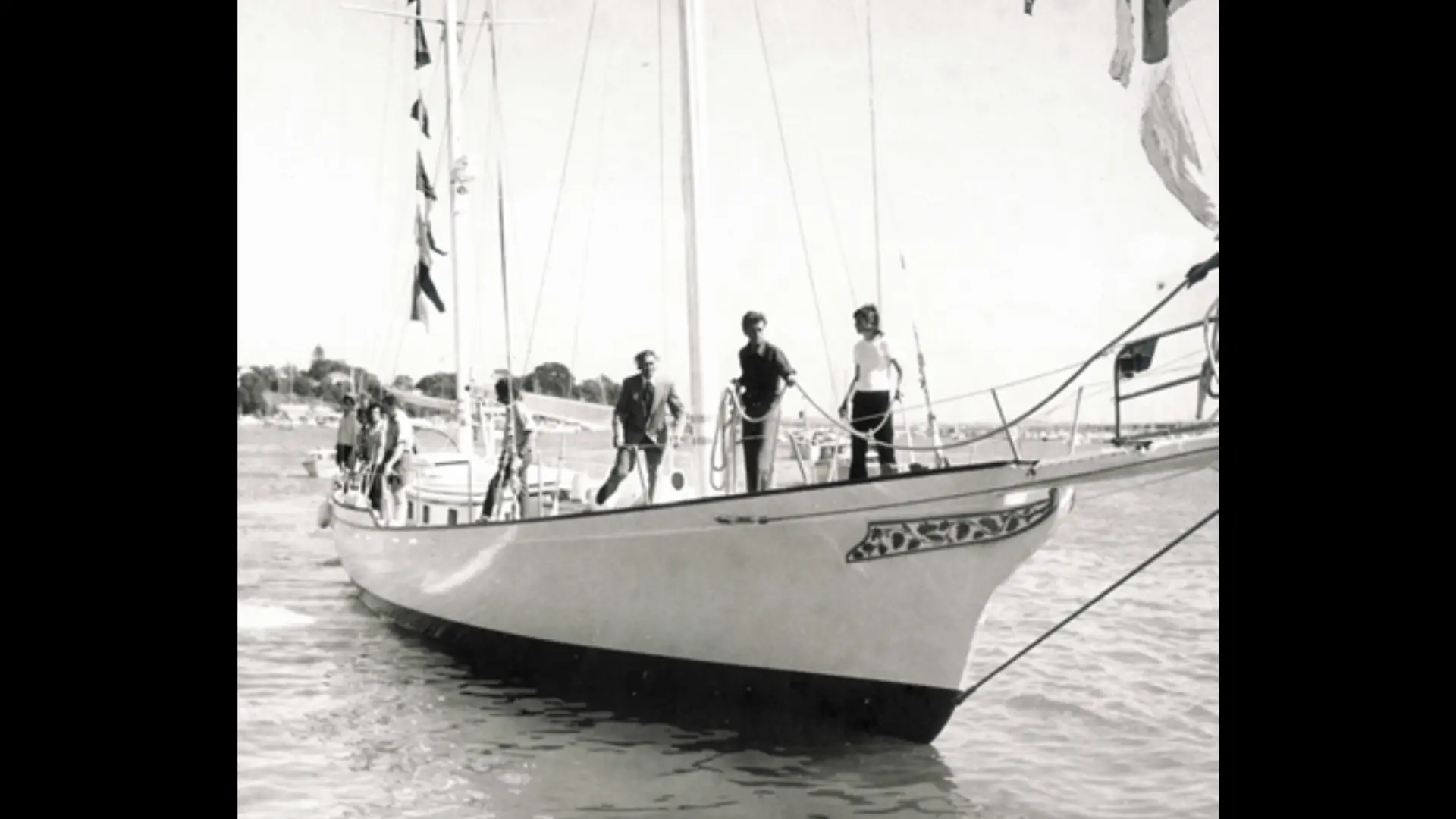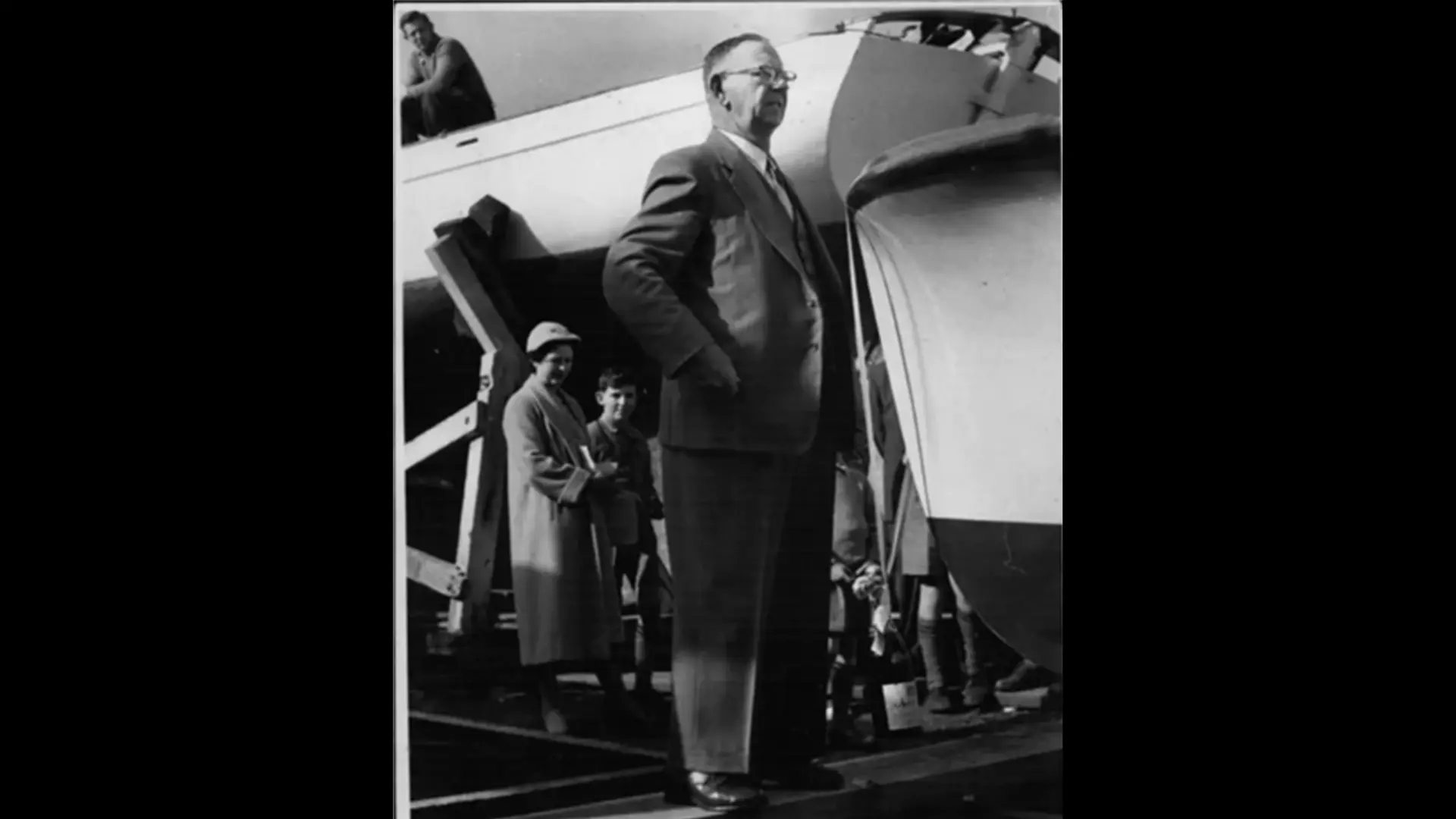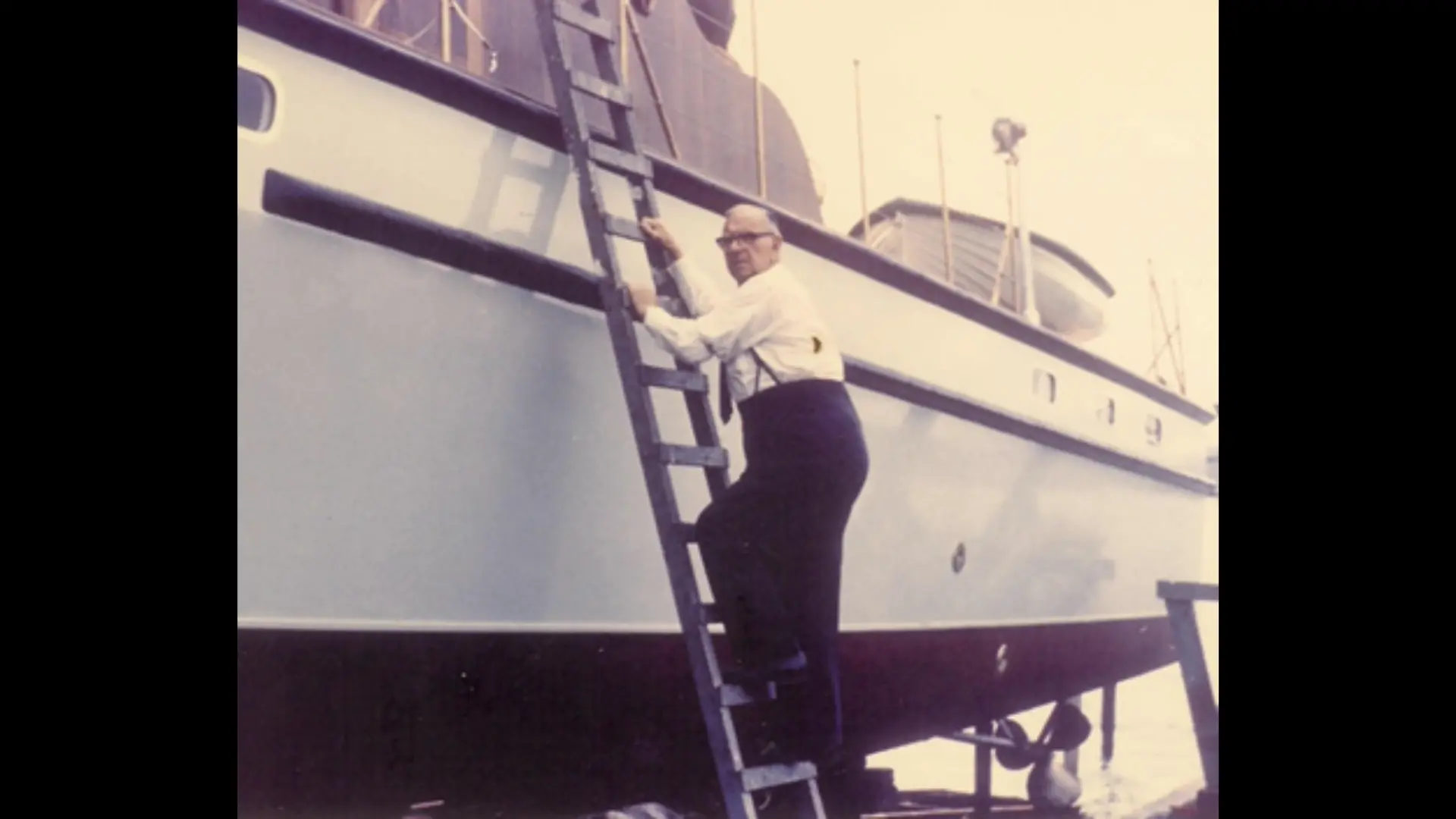“In the yard he just took his jacket off and rolled up his sleeves.”
Percy was a prolific designer of boats, working from home at night to create drawings. He was considered an artist.
“He could rise above the dirt and dust and bring his art into the yard,” says Simon. “That doubled with being an absolute perfectionist. The finished article was as close to perfection as Percy could get it. He was also uncompromising with apprentices, tradesmen, suppliers, customers. It was always Percy’s way.”
“The whole place was about more than just the boats. Percy for all his gruffness was a people person. He was loyal to a fault particularly with the guys. If anyone including customers, a contractor, surveyor or supplier questioned a boat builder he would defend them to his detriment. From that he built up a team of loyalty back. They worked bloody hard. That was part of the success of the yard. They could turn a lot of work out,” says Simon.
Ironically, Percy never owned a boat of his own. He did own race horses, and he loved them, and he would borrow a motor launch from time to time. He raced on Mullet boats in his younger days too.
His workers respected him and liked him. Robert Brooke completed his apprenticeship with Percy from 1955-60. “Percy was good to me,” says Robert. “I had good innings there.”
